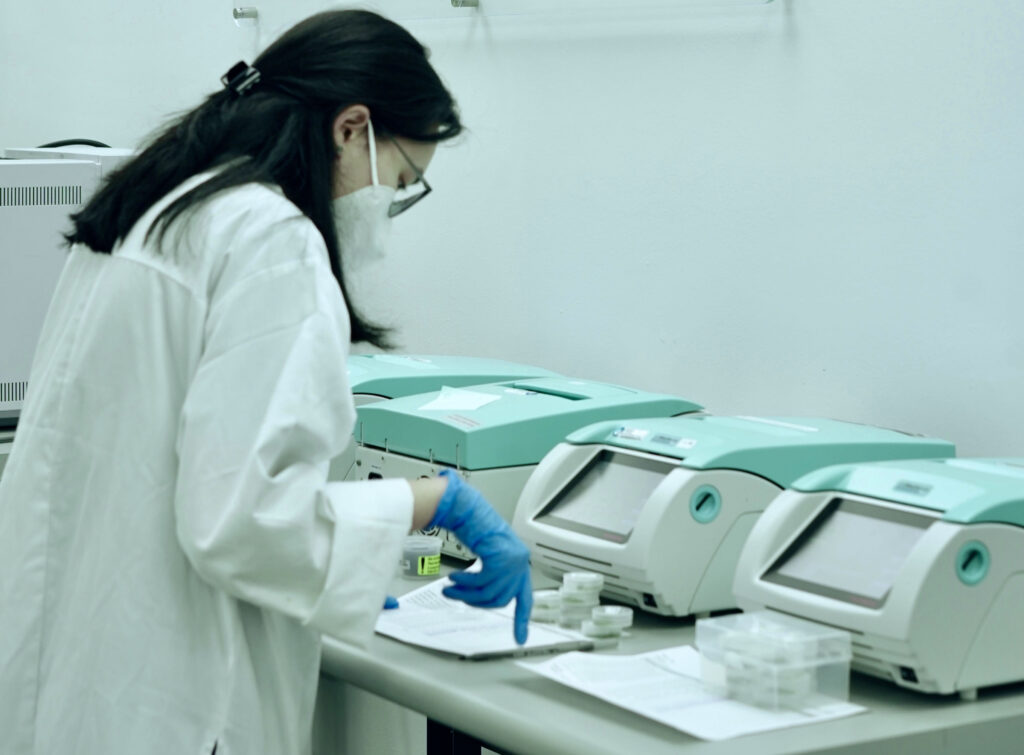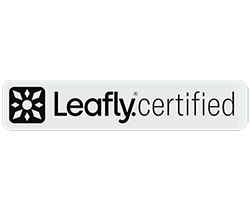As marijuana legalization continues to spread rapidly across the country, products continue to be held to an increasingly high standard. One of these standards is the assurance of safe water activity levels. To learn more about water activity (aW) testing and why you need it for your medical marijuana products, see the details below.
What is Water Activity Testing?
To understand what water activity testing is, you must first get familiar with the term “water activity” (aW). A food or substance’s water activity refers to the ratio of vapor pressure in the product itself to the vapor pressure of pure water under the same conditions.
These are both tested under controlled conditions, so nothing disturbs the surrounding air. Ideal conditions such as this are perfect for ensuring that the measurements are as accurate as possible.

According to the Food and Drug Administration (FDA), most foods have a water activity level above 0.95 (95%). This level provides enough moisture for bacterial, yeast, and mold growth. One of the most useful aspects of getting a water activity test is that you can determine where your product’s aW naturally lies and reduce it enough to inhibit the colonization of certain harmful microorganisms.
So, water activity testing is the process of measuring the product’s vapor pressure compared to that of distilled water in identical conditions. This determines how susceptible your product is to the growth of unwanted microorganisms and whether it’s subject to the following regulations:
- 21 Code of Federal Regulations 108, covers emergency permit control
- 21 Code of Federal Regulations 113, covers thermally processed low-acid foods packaged in hermetically-sealed containers
- 21 Code of Federal Regulations 114, covers acidified foods
Anything with a water activity level that is 0.85 or lower is not subject to these pieces of legislation.
Cannabis’ Water Activity Levels
All of this is well and good, but what do these percentages actually mean? These numbers represent a range from essentially as dry as a desert (0) to water itself (1). Water activity levels of the most concern for cannabis are as follows:
- 0.70: Cannabis products that are at or below this level are generally safe from microbial growth. At least, this is the least likely method by which your product will spoil. This won’t necessarily make your cannabis last forever, but it can at least protect it from the risks of microorganism contamination.
- 0.40-0.70: Cannabis products within this range are highly likely to degrade due to chemical breakdown. Patients might experience abnormalities with the product’s taste and appearance, and there may be problems with the nutritional value as well. This is because the chemical reaction rates are at their peak, essentially accelerating the product’s expiration.
The most significant risk at low water activity levels is lipid oxidation (in other words, the cannabis will go rancid), which is why low water activity levels aren’t exactly the golden ticket that some might believe them to be. The tricky thing about this is that the likelihood of rancidity also increases at high water activity levels as well.
Dried cannabis biomass normally has a water activity range of 0.60-0.70. At these levels, the greatest risk is colonization by harmful bacteria. However, mold growth is probable as well. A few species can persist in levels lower than 0.70, which is the required maximum water activity level for harvested cannabis products that are either being transported or stored. (For this reason, water activity testing is critical for cultivators and processors.)
The molds themselves aren’t necessarily bad. Instead, it’s the mycotoxins, a special type of toxic substance – they make that can cause severe complications in medical marijuana patients:
- Acute poisoning
- Immune deficiency
- Cancer
Baked edibles are held to a slightly different standard. They must remain below 0.86 for the prevention of bacterial growth. The main reason why the required maximum level is higher is to prevent any unwanted textural changes. You can further protect the ideal water activity level by using packaging that provides an adequate barrier to moisture.
Lastly, keep in mind that water activity levels can change while the product is stored or transported. It’s critical that products kept in as stable conditions as possible by remaining attentive to every detail of your transportation and storage protocols.
What is the Difference Between Water Activity and Water Content?
Be aware that the terms “water activity” and “water content” are not interchangeable. As discussed above, water activity refers to the vapor pressure in a given consumable product. This means that the water activity measurement is how much water in a product is “free” and thus, available for microorganisms to inhabit.
There are three general standards you can lean on when reviewing water activity levels:
- Most pathogenic bacteria cannot grow in water activity levels less than 0.90
- Molds typically cannot grow under 0.70
- Microorganisms don’t usually grow under 0.60
Please understand that water activity alone does not determine whether these pathogens will colonize your cannabis product. Other factors, such as pH level and oxygen concentration, play influential roles in your product’s shelf-life as well. Still, water activity is often regarded as the most significant of these issues.
Moisture content simply refers to the amount of water that’s in your cannabis product. This plays a significant role in several of the product’s physical properties, like its weight and density.
How Do You Calculate Water Activity vs. Moisture Content?
A water activity measurement is significantly more complex than finding its moisture content. For the latter, it’s very easy to measure this characteristic: cannabis can be measured before and after drying, and the difference in weight equals the moisture content. This is known as the “loss on drying” method.
On the other hand, a measurement of water activity requires that Modern Canna scientists use the following methods:
Capacitance sensors (also known as “electric hygrometers”): These are two charged plates, separated by a hygroscopic (able to absorb moisture from the air) polymer membrane. The membrane’s capacity to hold a charge rises as it absorbs moisture from the surrounding air.
Ultimately, the change in capacitance is roughly proportional to the sample’s water activity. Finally, the sensor gives a signal that is relative to the equilibrium relative humidity (ERH), allowing the scientists to calculate the water activity result.
Chilled-mirror dewpoint system: Modern Canna scientists will expel air over a cold surface, gradually reducing the temperature all the while. The “dewpoint temperature” is defined by the point of vapor condensation on the surface. This is directly related to the air’s vapor pressure.
At the same time, the device’s infrared thermometer measures the sample’s temperature, and the headspace’s relative humidity is calculated. (This ratio is dew point temperature saturation vapor pressure: saturation vapor pressure at the sample’s temperature.)
Finally, when the sample’s water activity and the air’s relative humidity are in equilibrium, the headspace humidity is measured, yielding the sample’s water activity level. This entire process takes less than five minutes.
After all this testing, you might be wondering, “What is considered a dangerous water activity level?” In addition to those standards listed above, remember that, in general, anything with a water activity level above 0.85 is considered hazardous to human health.
Contact Modern Canna for Water Activity (aW) Testing
Water activity (aW) testing is critical to ensuring your medical cannabis products are safe for patient consumption. Because of the significant nature of this process, you need to know you can trust your laboratory to provide accurate results. Contact Modern Canna today for secure analysis of your cannabis products and the assurance of safe medical marijuana products for your patients.
References
Carter, B. P. (2019, August 21). The what, how, and why of water activity in cannabis. Cannabis Science Tech. https://www.cannabissciencetech.com/view/what-how-and-why-water-activity-cannabis
Code of Federal Regulations – Title 21 – Food and Drugs. (2018). United States Food and Drug Administration. https://www.fda.gov/medical-devices/medical-device-databases/code-federal-regulations-title-21-food-and-drugs
Mermelstein, N. H. (2009, November 1). Measuring moisture content & water activity. Institute of Food Technologies – IFT.org. https://www.ift.org/news-and-publications/food-technology-magazine/issues/2009/november/columns/laboratory World Health Organization. (2018, May 9). Mycotoxins. WHO | World Health Organization. https://www.who.int/news-room/fact-sheets/detail/mycotoxins


